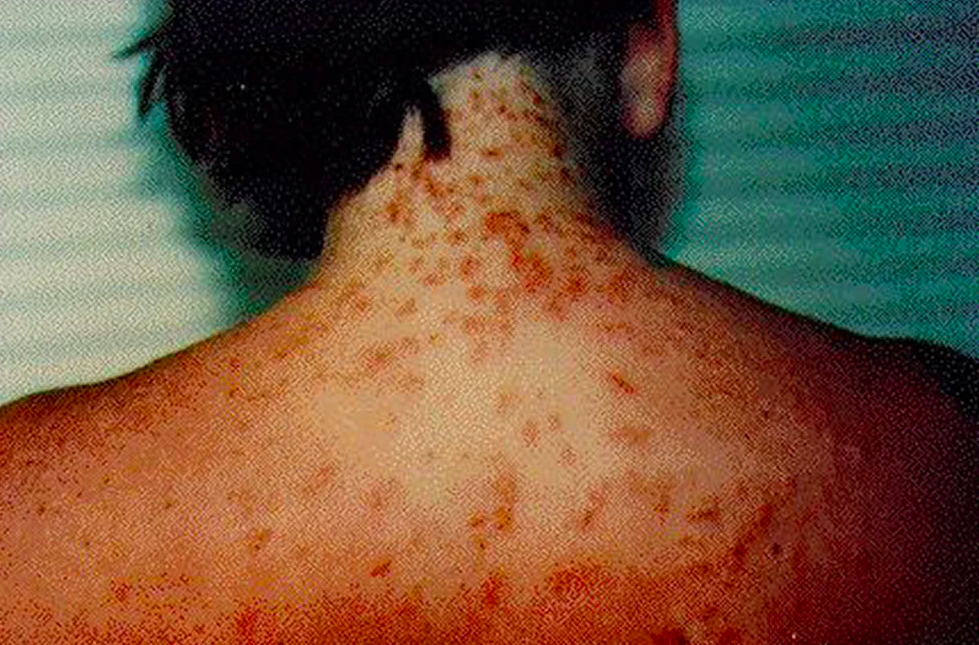Sea lice reported along northwest Florida beaches
Florida beachgoers are leaving with more than a tan – some are going home with stinging sea lice.
On Tuesday, lifeguards along Pensacola Beach posted purple flags, which warn visitors about the presence of dangerous marine life, including sea lice, according to the Pensacola Beach Lifeguards. They flew alongside green flags, which signal calm waters. The purple flag remained posted on Wednesday morning.
The pesky microscopic parasites are not actually lice, however. They are the larvae of the thimble jellyfish, according to the Florida Department of Health. Those who come in contact with sea lice can experience itching, stinging and dermatitis, an itchy rash on red and swollen skin, which typically occurs four to 24 hours after exposure. People also complain of a "prickling" sensation while still in the water.
People wearing one-piece bathing suits and t-shirts in the water are at risk for a more severe reaction. The Department of Health reports "it is not unusual to see evidence of 200 or more stings under a person's bathing suit."

Photo: Florida Department of Health
Dave Greenwood, the director of public safety for Pensacola Beach, told Pensacola News Journal that sea lice cannot live outside of the warm saltwater and will not stay on a person's body after they exit the water.
According to the Department of Health, outbreaks of sea lice occur intermittently between March and August with a peak between early April through early July. Preventative steps to reduce a swimmer's chances of exposure, include avoiding t-shirts and one-piece bathing suits that can trap the larvae, changing bathing suits and showering after swimming and using a topical sunscreen.
If a person is exposed to sea lice, the Department of Health recommends applying hydrocortisone cream to areas of the skin with a rash and taking an antihistamine for the itching.
"It's just one of those [things] you have to deal with when you go into the Gulf of Mexico," Greenwood told the Journal. "You are a land animal and the Gulf is not our native environment."
Copyright 2017 U.S. News & World Report




